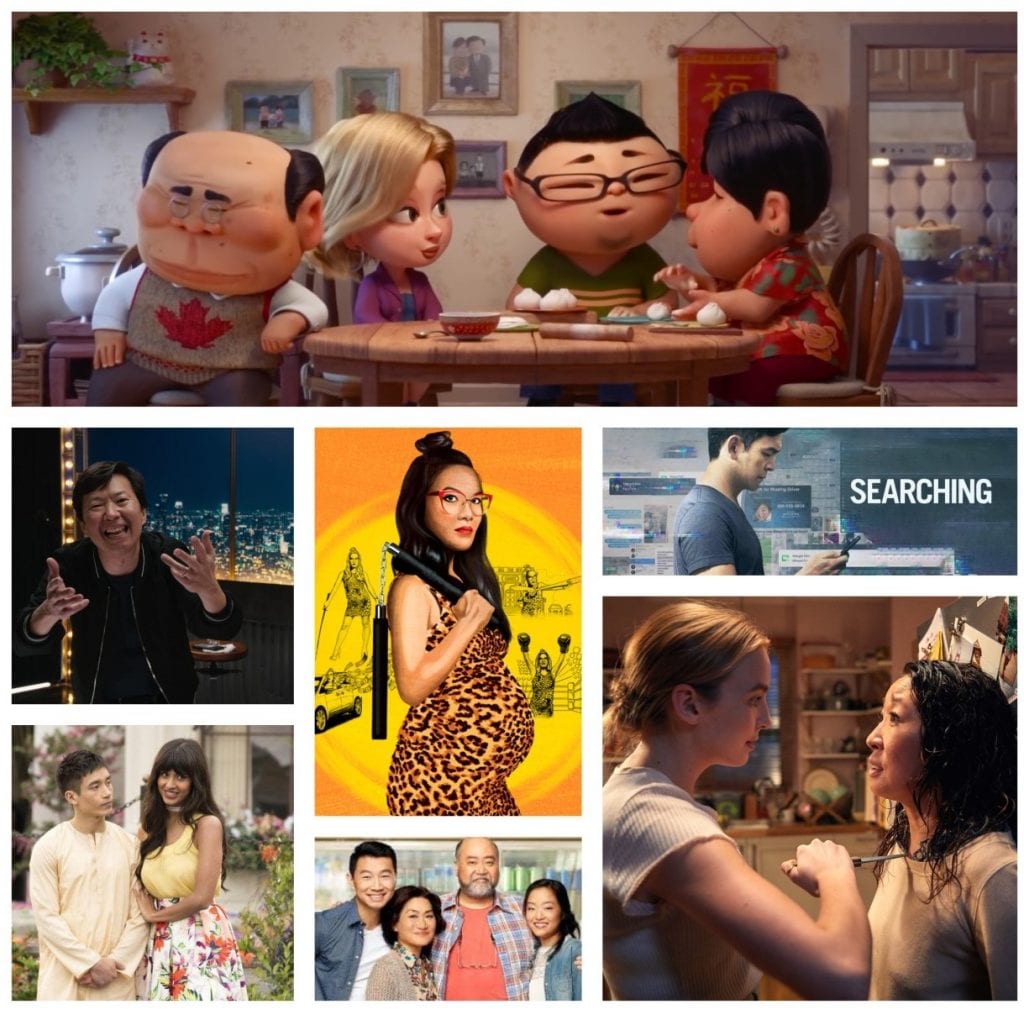Asian American Experience
 Geographically, Asians in the Midwest vary in their community ties and cultural practices. Although Minnesota’s three largest Asian populations are Hmong, Asian Indian, and Chinese, these communities are hidden in the background. Growing up in the Midwest as an Asian comes with the struggle of navigating the “forever foreigner” phenomenon in largely white schools and communities. Oftentimes, Asian Americans experience alienation from both their “Asian” extended family for not being Asian enough and from the white communities which deem them too Asian. While navigating both internal and external stereotypes and expectations, most Asian Americans begin to unpack these experiences in college. After starting their reflective journeys, Asian Americans begin redefining what it means to be Asian in America. Along the way, many find solidarity with other ethnic groups who have shared experiences. They continue to defy stereotypes and expectations. College and other forms of higher education help spark their racial awakenings which leads to united advocacy.
Geographically, Asians in the Midwest vary in their community ties and cultural practices. Although Minnesota’s three largest Asian populations are Hmong, Asian Indian, and Chinese, these communities are hidden in the background. Growing up in the Midwest as an Asian comes with the struggle of navigating the “forever foreigner” phenomenon in largely white schools and communities. Oftentimes, Asian Americans experience alienation from both their “Asian” extended family for not being Asian enough and from the white communities which deem them too Asian. While navigating both internal and external stereotypes and expectations, most Asian Americans begin to unpack these experiences in college. After starting their reflective journeys, Asian Americans begin redefining what it means to be Asian in America. Along the way, many find solidarity with other ethnic groups who have shared experiences. They continue to defy stereotypes and expectations. College and other forms of higher education help spark their racial awakenings which leads to united advocacy.
Source: Refinery29. 2018. “The Struggles of Being An Asian American.”
Student Experiences
the forever foreigner
Location can also impact the Asian American identity. White students and faculty questioning their identity further alienates Asian American students. For example, St. Olaf alumni Kairah Shishido shares: “When I go to California I don’t think about my identity as an Asian American. I just think of myself as just an American in America or living in America, but when I come to Minnesota or to like the Midwest I definitely see myself having to identity as an Asian American because I feel like even though I am 5th generation American, I will never be identified as American which is upsetting.” Unfortunately, Kairah’s experience is not unique. Instead, it exemplifies what many Asian American youth face in America.
What representation do Asian Americans have in media?
Overall, Asian Americans lack representation in mainstream American television shows and movies. Moreover, when Asian Americans are represented in the media, they typically portray only major Asian ethnic groups, such as Chinese and Japanese individuals. Interviewee Allen Villaluz reflects: “It was weird because then I would look at the representation on T.V. and some media and you would see a lot of like Chinese and Japanese characters or like shows based on their history or their culture. Is this what I have to see myself as opposed to what I grew up with [as a Filipino-American]? Oftentimes I would find myself trying to relate to someone else’s culture just because that’s what I kind of had.”
The term Asian American is also controversial. Many Americans often believe the term “Asian Americans” is mutually exclusive to those of East Asian descent. St. Olaf Alumni, Josh Pelayo states, “I think the term Asian American is supposed to be kinda an inclusive term but I personally think it can really be kind of like an identity challenge. I never really liked the term because I think it makes people from smaller Asian countries sort of invisible.”

Furthermore, those who are biracial and transracial adoptees may feel tied to one race which is entirely different from their own. For adoptees, the University of Minnesota History Professor points to scholar Richard Lee’s “transracial adoption paradox term.” In short, while these adoptees receive some benefits and privileges of whiteness, they are also simultaneously perceived and treated by the larger society as racial minorities subject to prejudice, discrimination, and racism. This insider-outsider experience also applies to those who identify as part of the biracial community. They also struggle with their identity as they straddle two different cultures. Although these narratives echo themes of self-doubt and identity confusion, there are also benefits to multicultural and multi-ethnic experiences. They are often the bridge between two different races and serve as advocates for themselves and others who also identify somewhere in-between Asian and American.
insider-outsider experience
Sources:
Council on Asian Pacific Minnesotans. 2012. “Asian Pacific Students in Minnesota: Facts, not Fiction.”
Lee, Erika. 2009. “Asian American Studies in the Midwest: New Questions, Approaches, and Communities.”



